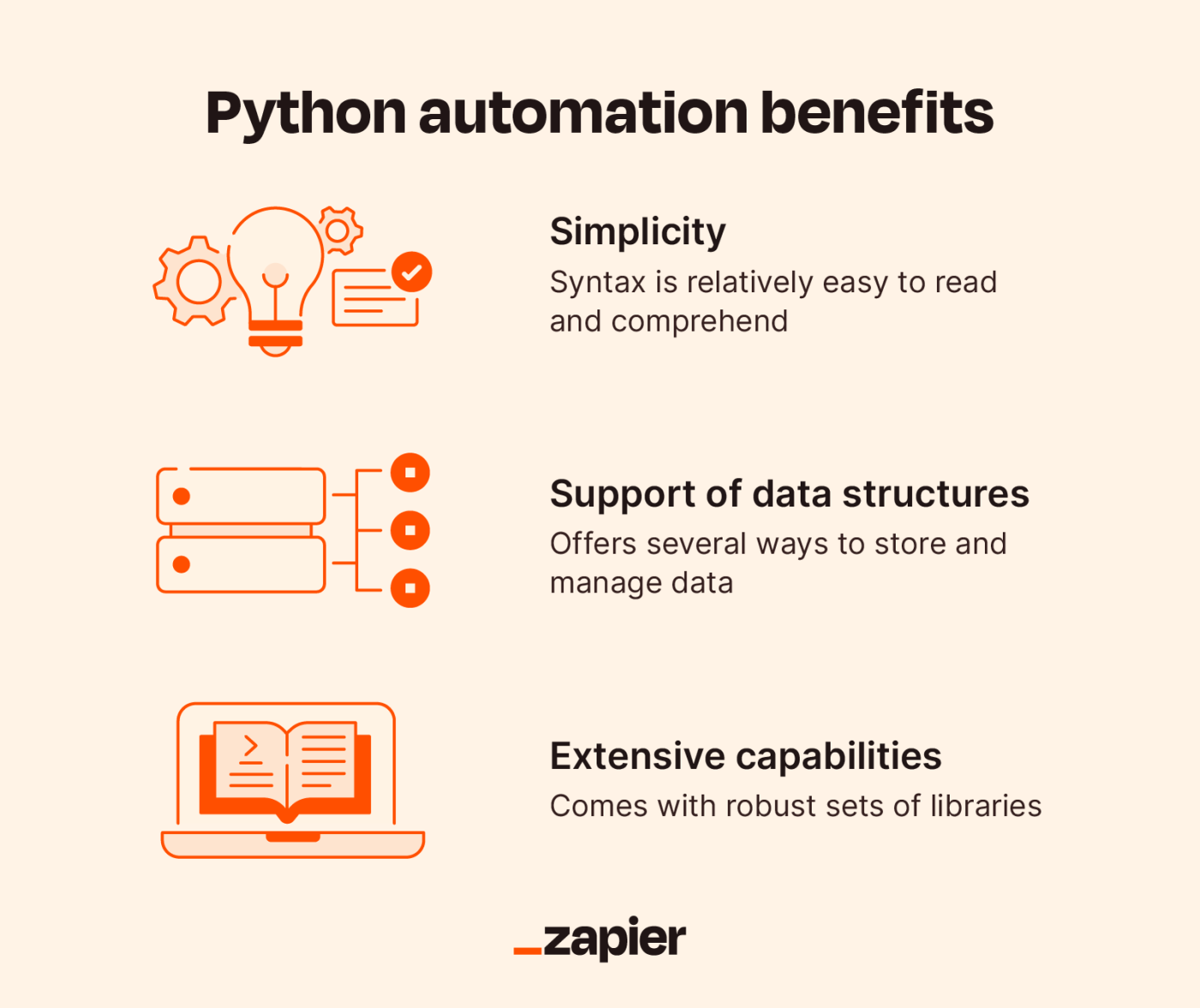Scripting With Python On Linux For Automation

Executive Summary
Python is a powerful scripting language that can be used to automate a wide variety of tasks on Linux systems. By leveraging Python’s built-in functions and vast library of third-party modules, system administrators and users can streamline repetitive tasks, improve efficiency, and reduce the likelihood of errors. This comprehensive guide provides a deep dive into the essential concepts of Python scripting on Linux, exploring its core components, best practices, and real-world examples. Embark on a journey to unlock the full potential of Python for Linux automation and elevate your system administration skills.

Introduction
In the realm of system administration, efficiency and precision are paramount. Python scripting has emerged as an invaluable tool for automating countless tasks on Linux systems, enabling users to streamline operations, save time, and minimize errors. Its versatility and ease of use make it an ideal choice for system administrators seeking to enhance their productivity. This article delves into the intricacies of Python scripting on Linux, providing a comprehensive overview of its capabilities and guiding you through the practical implementation of Python scripts for various automation scenarios.
Essential Components of Python Scripting on Linux
- Python Interpreter: The core component responsible for executing Python scripts. It interprets and executes Python code line by line, enabling the automation of tasks.
- Libraries: Prebuilt modules containing functions and classes that extend the functionality of Python. These libraries provide a wealth of ready-to-use tools for performing common tasks, such as file manipulation, data parsing, and network communication.
- Modules: Reusable code blocks that encapsulate specific functionalities. Python’s modular design allows users to create custom modules or import pre-existing ones to enhance their scripts.
- Command-Line Interface (CLI): The primary interface for executing Python scripts on Linux. Users can invoke Python scripts from the terminal or create custom scripts to automate tasks.
- Integrated Development Environments (IDEs): Optional tools that provide a comprehensive development environment for Python scripting. IDEs offer features such as code editing, debugging, and syntax highlighting to enhance the development experience.
Core Concepts of Python Scripting
- Variables: Named storage locations used to store data during script execution. Variables can be assigned different data types, such as strings, integers, or lists.
- Data Types: Python supports various data types, including strings, integers, floats, lists, and dictionaries. Understanding the appropriate data type for each variable is crucial for effective script development.
- Operators: Symbols used to perform operations on variables. Python offers a comprehensive set of operators, including arithmetic, comparison, and logical operators, allowing for complex calculations and decision-making.
- Control Flow: Constructs that control the flow of execution within a script. Conditional statements (if-else) and loops (for, while) enable scripts to make decisions and iterate through data.
- Functions: Reusable code blocks that perform specific tasks. Functions can be defined within scripts or imported from libraries, promoting code reusability and modularity.
Real-World Examples of Python Scripting on Linux
- Automating System Updates: Python scripts can be used to automate the process of checking for and installing system updates. This ensures that the system remains up-to-date with the latest security patches and bug fixes.
- Managing File Permissions: Python scripts can be used to manage file permissions on Linux systems. This is useful for ensuring that files are accessible to the appropriate users and groups, enhancing security and data privacy.
- Monitoring System Resources: Python scripts can be used to monitor system resources, such as CPU usage, memory utilization, and disk space. This information can be used to identify potential performance issues and take proactive actions to prevent outages.
- Automating Data Analysis: Python scripts can be used to automate data analysis tasks, such as data cleaning, transformation, and visualization. This streamlines the data analysis process and enables users to focus on deriving insights from the data.
- Interacting with APIs: Python scripts can be used to interact with APIs (Application Programming Interfaces) to retrieve or update data from external sources. This enables automation of tasks that require communication with other systems or services.
Conclusion
Python scripting has revolutionized the world of system administration on Linux. Its versatility and ease of use make it an indispensable tool for automating repetitive tasks, improving efficiency, and reducing errors. By leveraging Python’s core components and vast ecosystem of libraries, system administrators and users can unlock the full potential of Linux automation. This comprehensive guide has provided a thorough overview of the essential concepts of Python scripting on Linux, including its core components, best practices, and real-world examples. Embracing Python scripting empowers system administrators to elevate their productivity, enhance system security, and gain a competitive edge in managing complex IT environments.
Keyword Phrase Tags
- Python Scripting on Linux
- Linux Automation with Python
- Automating Tasks with Python
- Efficient System Administration with Python
- Python Libraries for Automation

Thnx! 😀
This article is very insightful; I appreciate the time and effort put into this
Great article! Very informative and well-written.
This tutorial is very helpful for beginners, and I appreciate the time and effort put into this.
This article is poorly written and full of errors.
This article is a waste of time. I already know everything in it.
I don’t understand anything in this article.
I disagree with the author’s conclusion.
This article is so informative, it’s like reading a dictionary.
Wow, this article is so amazing, I’m sure it will change the world.
This article is so funny, I’m laughing so hard I’m crying.
`Ths` artcle h`as som`e gd pts, bt it c`ud us`e som`e editng.
Eh, what’s up, doc? This article is full of hooey.
I say, I say, this article is full of bunkum.